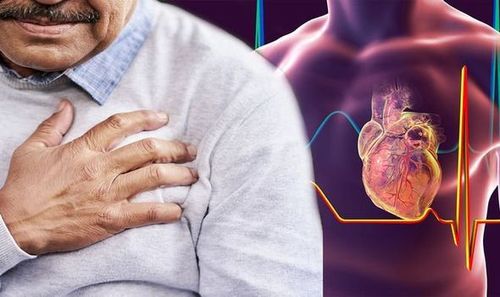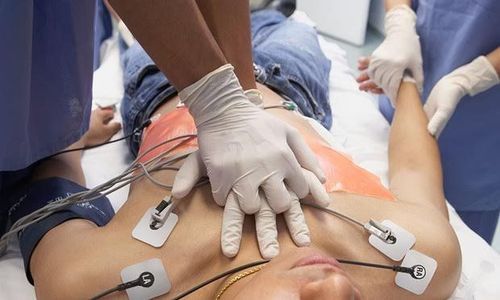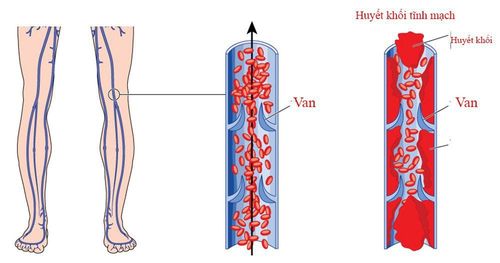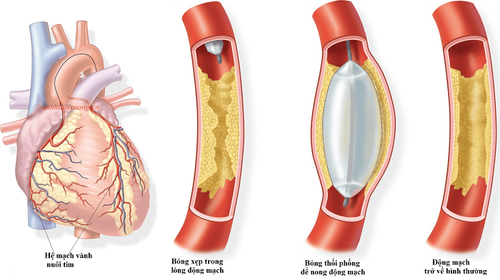This is an automatically translated article.
The article was professionally consulted with Master, Doctor Bui Tien Dat - Emergency Department - Vinmec Hai Phong International General Hospital.Acute arterial occlusion is a condition in which the blood flow to the extremities is suddenly blocked/obstructed. This condition can cause a variety of life-threatening symptoms.
1. What is acute vascular occlusion?
Acute lower extremity arterial occlusion occurs when an artery is suddenly blocked by a “foreign object”.Acute vascular occlusion is a serious and priority surgical emergency. If not treated promptly, the lack of blood supply to the lower extremities will cause limb necrosis within a few hours to a few days. Therefore, early detection of arterial occlusion is extremely necessary for prompt emergency treatment.
2. Classification of acute vascular occlusions
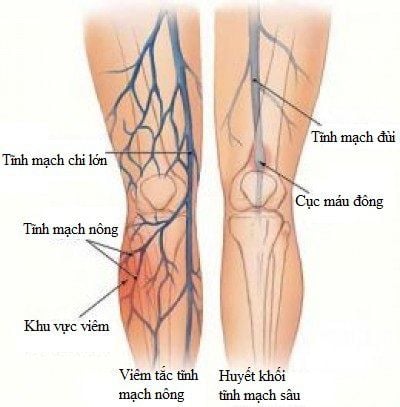
Most of the patients experiencing this condition have cardiovascular problems, typically myocardial ischemia, rheumatic heart valve, atrial fibrillation...
2.2 Acute arterial thrombosis Thrombosis artery causes damage to the artery at the site of the blockage. These lesions will be evaluated through X-ray, arterial ultrasound... and even during surgery.
Arterial thrombosis causing occlusion of the arteries supplying the extremities usually comes from trauma to the vessel wall. Besides, clot formation at the ulcer site of atherosclerotic plaque is also quite common in case of acute arterial thrombosis.
3. Acute signs of arterial occlusion
When an acute arterial occlusion of the lower extremity is present, the patient will have some clinical manifestations such as:Pain: The pain occurs intensely, intensely and suddenly in the ischemic extremity. activity must be stopped. Numbness in the extremities (feeling like ants crawling), the sensation gradually disappears until the limb is completely lost. After the artery is blocked, the skin of the ischemic limb will become pale, gradually purple due to hemorrhage and necrosis in the ischemic tissues... Signs of muscle paralysis: Movement in the fingers will become weak and eventually completely paralyzed...
4. Treatment of acute arterial occlusion?
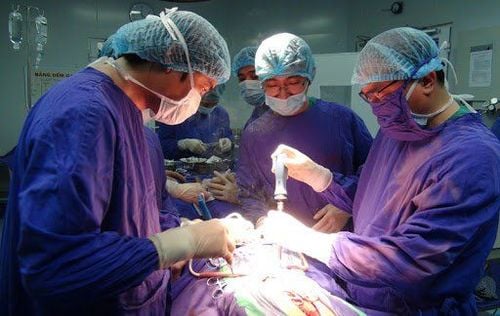
Fogarty catheter surgery to remove the embolus: Simple, effective, commonly used in the absence of limb necrosis. Dissection surgery: Used to remove emboli in patients with acute arterial occlusion due to atherosclerosis. This method is often used for damaged arteries that are short (less than 10cm). Bypass surgery: Indicated when the patient has arterial thrombosis, caused by atherosclerotic lesions (the lesion is more than 10cm long) or when the patient has soft tissue lesions, with risk of infection... if an artery transplant is performed. Surgical removal of the damaged vessel: Usually indicated when the patient has acute arterial thrombosis due to trauma. Amputation: This is the last resort, indicated when acute arterial occlusion has caused limb necrosis. 4.2 Conservative treatment In some mild cases, doctors will prescribe fibrinolytic drugs to dissolve blood clots.
The advantage of the method of using fibrinolytics is that it can dissolve blood clots in small arteries (cannot be intervened by surgery) and does not cause damage in the arterial lumen. However, the drug can only be applied to cases of acute arterial occlusion due to blood clots.
In addition, doctors can also prescribe some other treatment such as using Heparin, angioplasty by endoscopic ultrasound...
As can be seen, acute arterial occlusion is a serious state and leave many dangerous complications. Therefore, if any of the mentioned signs occur, you need to immediately seek medical attention for timely examination and emergency care.
Currently, Vinmec International General Hospital is the only medical unit equipped with a Hybrid room system. Hybrid operating room at Cardiology Center is equipped with state-of-the-art equipment such as DSA angiography machine, anesthesia machine with the most closely integrated patient hemodynamic monitoring software (PiCCO system, entropy, . ..).
Therefore, the Hybrid operating room can meet the requirements of surgery and angioplasty, coronary stenting, aortic stent graft, open heart surgery, heart valve replacement for congenital heart diseases with minimal modern technology. most invasive, safe, help patients recover health soon.
Please dial HOTLINE for more information or register for an appointment HERE. Download MyVinmec app to make appointments faster and to manage your bookings easily.





